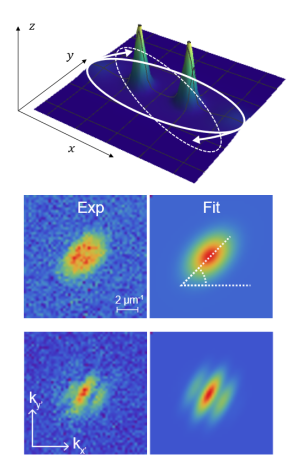 |
A key manifestation of superfluidity in liquids and gases is a reduction of the moment of inertia under slow rotations. Non-classical rotational effects have been searched for a long time also for the elusive supersolid phase of matter, in which superfluidity coexists with a lattice structure. Here we show that the recently discovered supersolid phase in dipolar quantum gases features a reduced moment of inertia. We study a peculiar rotational oscillation mode in a harmonic potential, the scissors mode, already employed for superfluids. From the measured moment of inertia, we derive a superfluid fraction in analogy with the original definition by A. J. Leggett. The superfluid fraction is different from zero and of order of unity, providing direct evidence of the superfluid nature of the dipolar supersolid. A qualitative comparison with the original theoretical model supports the observation of a large superfluid fraction close to the transition from the Bose-Einstein condensate (BEC) and the supersolid.
L. Tanzi, et al. |